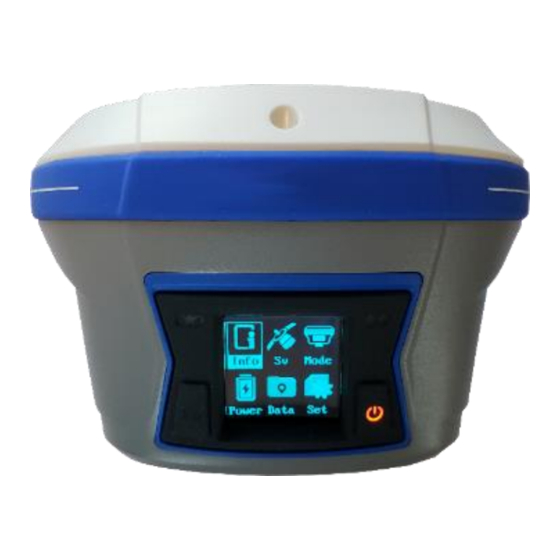
iGage iG9 Manuals
Manuals and User Guides for iGage iG9. We have 2 iGage iG9 manuals available for free PDF download: User Manual
iGage iG9 User Manual (135 pages)
GNSS RTK Receiver with Internal 2-Watt UHF Radio & 4G Cell Modem
Table of Contents
Advertisement
iGage iG9 User Manual (85 pages)
GNSS RTK Receiver with Internal 2-Watt UHF Radio, 4G Cell Modem
Table of Contents
Advertisement

